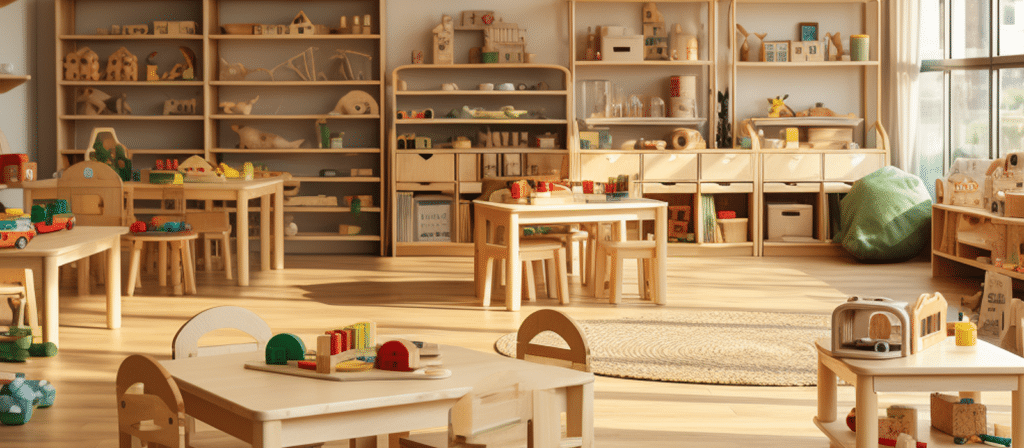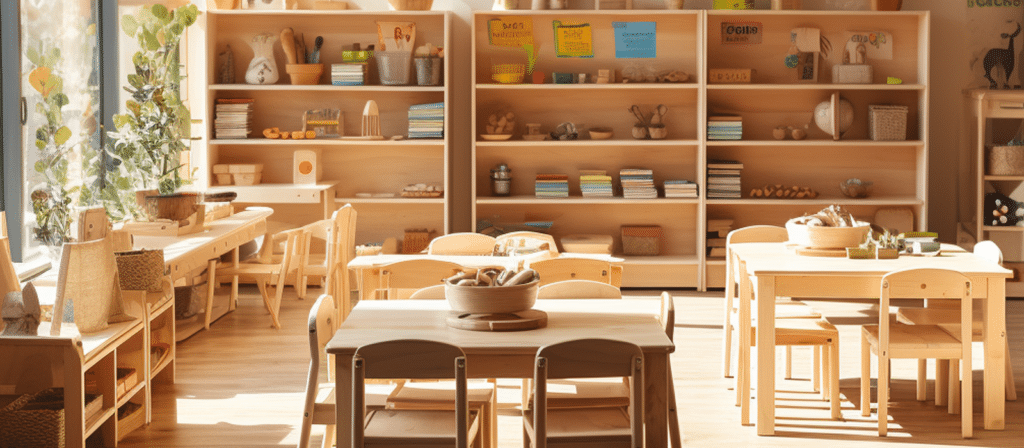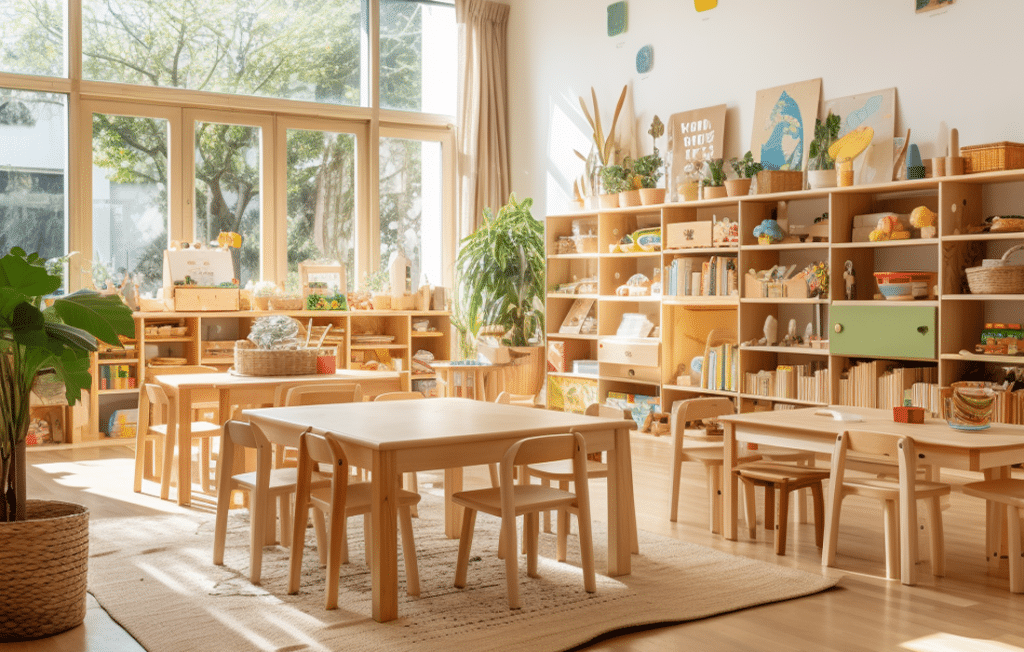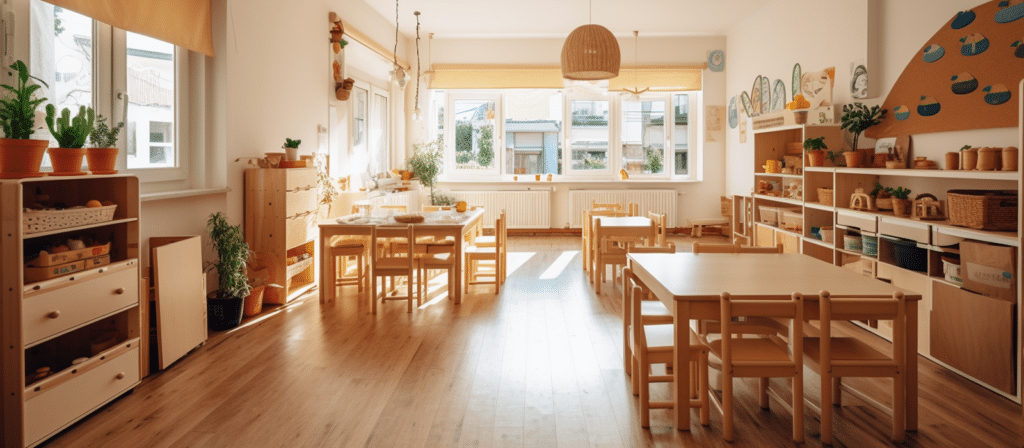Preschool furniture plays a crucial role in creating a safe and stimulating environment for young learners. However, the wear and tear from active children can take a toll on these pieces. So, how can you ensure that your preschool furniture stays in good condition, promoting a healthy and conducive learning space for kids? Let’s dive into the art of properly cleaning and maintaining preschool furniture.
Properly cleaning and maintaining preschool furniture is essential to extend its lifespan and keep it safe for children. Regular maintenance not only preserves the aesthetics but also ensures the well-being of the little ones.
Why is Proper Cleaning and Maintenance Important?
Before we dive into the cleaning process, let’s discuss why it is essential to maintain preschool furniture properly. Clean and well-maintained furniture not only looks appealing but also ensures the health and safety of the children. Regular cleaning helps eliminate germs, allergens, and dirt that can accumulate on the surfaces. Additionally, it helps prevent the build-up of stains and odors, extending the lifespan of the furniture.

How to Clean Preschool Furniture
Cleaning preschool furniture requires a systematic approach to ensure thoroughness and efficiency. Here’s a step-by-step guide on how to clean different types of preschool furniture:
1. Tables and Chairs
Start by removing any loose debris or crumbs from the surface of the tables and chairs. Use a soft brush or a vacuum cleaner with a brush attachment to clean hard-to-reach areas. Then, prepare a solution of mild detergent and warm water. Dip a clean cloth or sponge into the solution and gently wipe down the furniture, paying extra attention to areas with visible dirt or stains. Finally, rinse the furniture with clean water and allow it to air dry.
2. Soft Furnishings
Preschools often have soft furnishings, such as cushions and mats, which require regular cleaning to maintain their freshness and hygiene. Check the manufacturer’s instructions for specific cleaning recommendations. In general, most soft furnishings can be spot cleaned using a mild detergent and warm water. If possible, remove the covers and wash them separately according to the care instructions. Allow the soft furnishings to dry completely before putting them back in use.
3. Storage Units
Storage units in preschools are essential for organizing toys, books, and other materials. Regular cleaning of storage units ensures that items remain in good condition and are easily accessible. Start by emptying the storage unit and removing any loose debris. Wipe down the surfaces with a damp cloth or disinfectant wipes to remove dust and dirt. Pay attention to corners and crevices where dirt can accumulate. Once the unit is clean and dry, arrange the items back in an organized manner.
4. Art Supplies and Toys
Art supplies and toys in preschools also require regular cleaning to maintain cleanliness and prevent the spread of germs. Plastic toys and art supplies can be washed with mild soapy water and rinsed thoroughly. Ensure that all the soap residue is removed to prevent any harmful exposure to children. For stuffed toys, check the manufacturer’s instructions for cleaning recommendations. If possible, use a washing machine with a gentle cycle or hand wash the toys using mild detergent. Allow the toys to dry completely before returning them to use.

How Often Should You Clean Preschool Furniture?
Bold keywords: clean preschool furniture
The frequency of cleaning depends on various factors, such as the level of use and the type of furniture. However, as a general guideline, it’s recommended to clean preschool furniture on a weekly basis. This ensures that any dirt, germs, or stains are promptly addressed, maintaining a clean and hygienic environment for the children.
Are There Any Special Cleaning Tips for Different Types of Stains?
Bold keywords: cleaning tips, different types of stains
Yes, different types of stains may require specific cleaning methods. Here are a few common types of stains and how to tackle them:
- Crayon or Marker Stains: Apply a small amount of non-acetone nail polish remover on a clean cloth and gently dab the stained area. Rinse with warm water and mild soap afterward.
- Food or Drink Stains: Blot the stain with a clean cloth or paper towel to absorb any excess liquid. Mix a mild detergent with warm water and gently scrub the stain. Rinse thoroughly and allow it to air dry.
- Ink Stains: Dampen a cotton ball with rubbing alcohol and gently blot the ink stain. Continue until the stain is no longer visible. Rinse with water and mild soap.
Remember to always test any cleaning solution on a small, inconspicuous area of the furniture before applying it to the stain.

Maintaining Preschool Furniture
In addition to regular cleaning, there are some key maintenance practices that can help prolong the lifespan of preschool furniture:
- Inspect regularly: Conduct routine inspections of all preschool furniture to identify any signs of damage or wear. Pay attention to loose screws, broken parts, or any other potential safety hazards. Promptly address any issues to prevent further damage and ensure the safety of the children.
- Implement rules: Establish rules and guidelines for proper use of preschool furniture. Teach children how to sit on chairs and use tables without excessive force or rough handling. Encourage them to clean up after themselves and treat the furniture with care. By instilling good habits early on, you can help minimize the risk of damage.
- Protective measures: Consider using protective covers, such as tablecloths or chair pads, to minimize damage from spills or scratches. These covers can be easily cleaned or replaced, preventing direct damage to the furniture.
- Regular maintenance: Schedule periodic deep cleaning sessions to remove any stubborn stains or buildup. Use appropriate cleaning products recommended by the furniture manufacturer to avoid damaging the surfaces. Follow the manufacturer’s instructions for specific maintenance recommendations.
Conclusion
Properly cleaning and maintaining preschool furniture is essential for creating a safe and hygienic learning environment for young children. By following the tips and guidelines provided in this blog post, you can ensure that your preschool furniture remains in good condition for years to come. Remember, regular cleaning, systematic maintenance, and implementing rules can go a long way in preserving the quality and longevity of your preschool furniture. So, let’s keep those little ones seated comfortably and learning happily!













